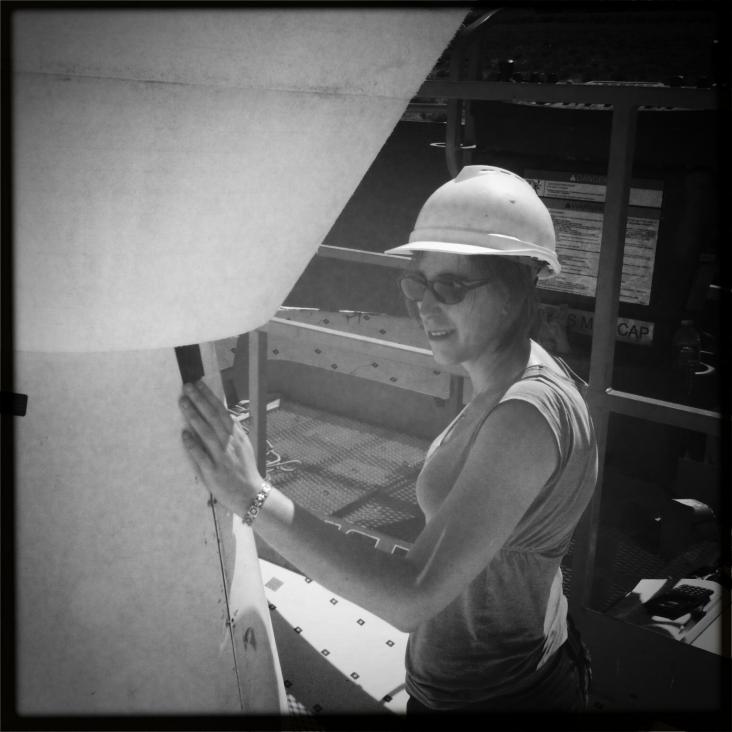A circularly symmetric antenna design with high polarization purity and low spillover
IEEE Transactions on Antennas and Propagation 61:1 (2013) 117-124
Abstract:
We describe the development of two circularly symmetric antennas with high polarization purity and low spill-over. Both were designed to be used in an all-sky polarization and intensity survey at 5 GHz (the C-Band All-Sky Survey, C-BASS). The survey requirements call for very low cross-polar signal levels and far-out sidelobes. Two different existing antennas, with 6.1-m and 7.6-m diameter primaries, were adapted by replacing the feed and secondary optics, resulting in identical beam performances of 0.73\circ FWHM, cross-polarization better than - 50 dB, and far-out sidelobes below -70 dB. The polarization purity was realized by using a symmetric low-loss dielectric foam support structure for the secondary mirror, avoiding the need for secondary support struts. Ground spill-over was largely reduced by using absorbing baffles around the primary and secondary mirrors, and by the use of a low-sidelobe profiled corrugated feedhorn. The 6.1-m antenna and receiver have been completed and tested. Results show that the co-polar beam matches the design simulations very closely in the main beam and down to levels of - 80 dB in the backlobes. With the absorbing baffles in place the far-out (>100{\circ}) sidelobe response is reduced below -90 dB. Cross-polar response could only be measured down to a noise floor of - 20 dB but is also consistent with the design simulations. Temperature loading and groundspill due to the secondary support were measured at less than 1 K. © 1963-2012 IEEE.The first billion years: report of a study program
(2012)
A 2-20-GHz analog lag correlator for radio interferometry
IEEE Transactions on Instrumentation and Measurement 61:8 (2012) 2253-2261
Abstract:
We present the design and testing of a 2-20-GHz continuum-band analog lag correlator with 16 frequency channels for astronomical interferometry. The correlator has been designed for future use with a prototype single-baseline interferometer operating at 185-275 GHz. The design uses a broad-band Wilkinson divider tree with integral thin-film resistors implemented on an alumina substrate, and custom-made broad-band InGaP/GaAs Gilbert Cell multipliers. The prototype correlator has been fully bench-tested, together with the necessary readout electronics for acquisition of the output signals. The results of these measurements show that the response of the correlator is well behaved over the band. An investigation of the noise behavior also shows that the signal-to-noise ratio of the system is not limited by the correlator performance. © 1963-2012 IEEE.MESMER: MeerKAT Search for Molecules in the Epoch of Reionization
(2011)
MESMER: MeerKAT Search for Molecules in the Epoch of Reionization
ArXiv e-prints (2011)


